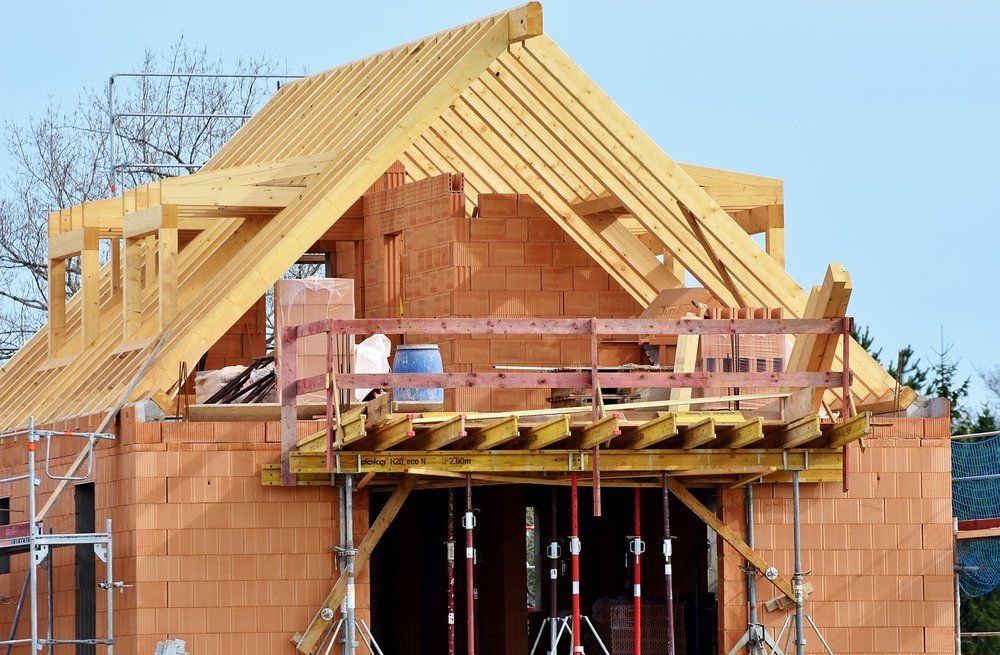New Dam Safety Regulations
By Clare North
19 February 2024
Until this year, New Zealand was one of the few countries in the OECD that did not have a national framework for dam safety. Given the risks posed by New Zealand’s physical geography and the increasingly volatile climate, the Government introduced the Building (Dam Safety) Regulations 2022 in May 2024 to address the risk posed by dams.
The new Regulations apply to dams that are:
- Four or more metres in height with a storage capacity of 20,000 or more cubic metres of water, or other fluid; or
- One or more metres in height with a storage capacity of 40,000 or more cubic metres of water, or other fluid.
The owners of these (classifiable) dams will need to familiarise themselves with their responsibilities under the new Regulations and the Building Act 2004. Owners of dams which fall outside these thresholds (for example, small ‘turkey nest’ dams, irrigation races, stock drinking ponds and weirs) will not be affected by the Regulations.
Under the Regulations, the owners of dams that meet the criteria set out above are required to assess the impact the failure of their dam would have on the local community, historical or cultural places, infrastructure and the environment. This assessment will determine the dam’s Potential Impact Classification (PIC), which will be either low, medium, or high. The PIC must be audited by a Recognised Engineer and then submitted to the regional council for approval.
The owners of dams, which are categorised as medium or high PIC must then complete a Dam Safety Assurance Programme (DSAP), which must be approved by a Recognised Engineer and submitted to the regional council for approval.
Following approval of their DSAP, dam owners must arrange for a Recognised Engineer to complete an annual compliance audit and prepare a compliance certificate. Dam owners must then review their PIC and DSAP at prescribed intervals.
While most small farm dams, ponds and weirs will be excluded from the Regulations, fines for non-compliance are significant and it will be important for property owners to assess any dams situated on their property. Dam owners have until August 2024 or three months after a dam is commissioned (whatever is later) to submit a PIC to the regional Council and between one and two years to complete a DSAP (depending on whether the dam is classified as medium or high impact).
If you would like to know more about the new Dam Safety Regulations, we would be happy to help, please contact us at Pitt & Moore on 03 548 8349.






